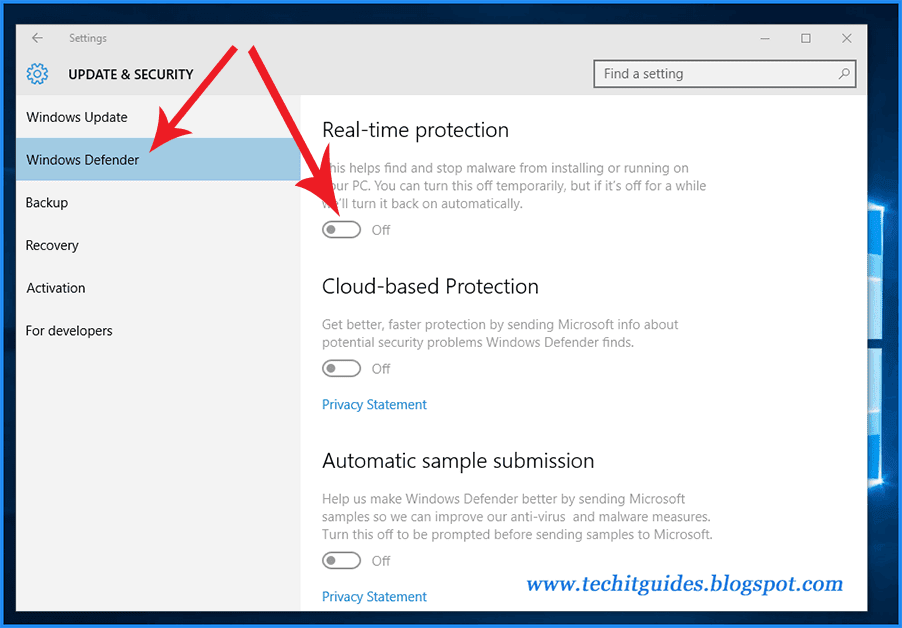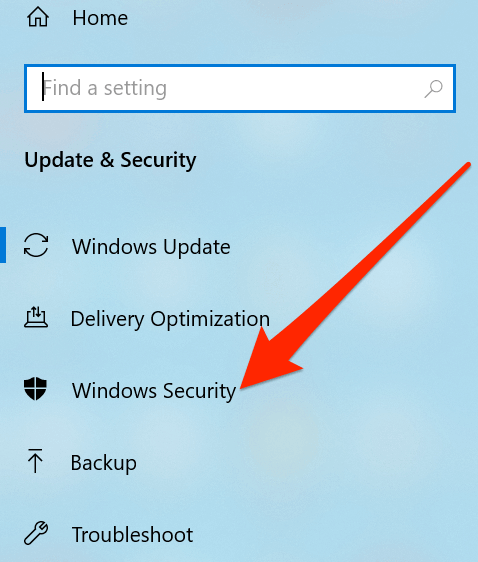


If you're running Windows 10 Home, you won't have access to the Local Group Policy Editor. click Apply and then click OK restart the computer to apply the change.ĭisabling Windows Defender using the Registry Editor.select the Enabled option to disable Windows Defender.Turn off Windows Defender Antivirus policy on the right pane of the Local Group Policy Editor window, double-click the.browse to Computer Configuration > Administrative Templates > Windows Components > Windows Defender Antivirus.If you're running Windows 10 Pro, Enterprise, or Education, you can use the Local Group Policy Editor to disable Windows Defender Antivirus on your computer permanently by taking the following steps: Disabling Windows Defender using the Local Group Policy Editor This kind of operation cannot be performed using the Windows Defender UI, since the OS will automatically re-enable it at the next boot: depending on the Windows 10 version you're running, disabling Windows Defender requires either setting a group policyīy means of the Local Group Policy Editor or cresting a value in the Windows registry by using the Windows Registry Editor. At least you should have alternative protection on your system.Įven if it is not recommended, sometimes it could be necessary to permanently disable Windows Defender. You should now see that Windows 11 now recognizes AVG Antivirus (or your preferred antivirus app) protecting your computer.It's against all best practices to remove or disable Windows Defender. Under the Real-time protection option, click the blue Toggle which should currently be On. Under the Virus & threat protection settings option, click the Manage settings button. Once your software is installed, open the Windows Security app. Open the application and on the main Windows Security screen, click the Virus & threat protection option. This action will automatically disable Microsoft Defender.Ģ. Install your preferred antivirus software (in this case, AVG Antivirus Free). Although our example uses AVG Antivirus Free, installing any credible antivirus program will have the same effect in disabling Microsoft Defender.ġ. It’s a free, no-frills Microsoft Defender alternative that has been around for two decades. Let’s use AVG Antivirus Free (opens in new tab) as an example. after turning off, Windows Security would automatically notify you to turn on firewall and device security, or search Windows Security in the search bar, start Windows security and follow its instruction to activate. Installing a third-party antivirus security suite will automatically put Microsoft Defender on the back burner. There's another way to disable Microsoft Defender once and for all, and not just the real-time antivirus function. Disable Microsoft Defender by Installing Another Antivirus Program However, scans already scheduled for your system will continue unabated. Microsoft warns that potentially harmful apps and files downloaded from the Internet are not scanned when real-time protection is disabled.

Remember, this only temporarily disables real-time antivirus protection.


 0 kommentar(er)
0 kommentar(er)
